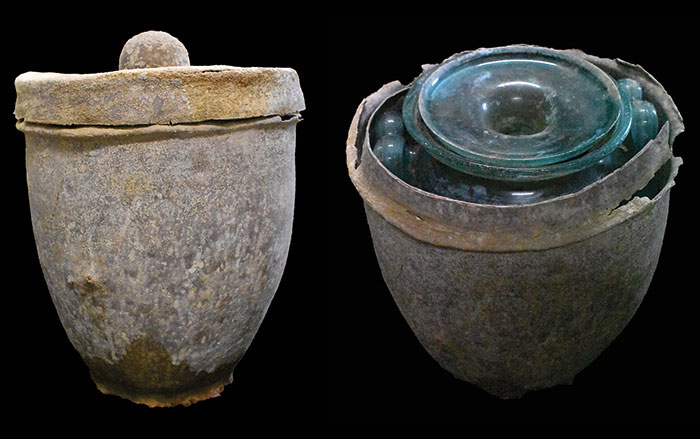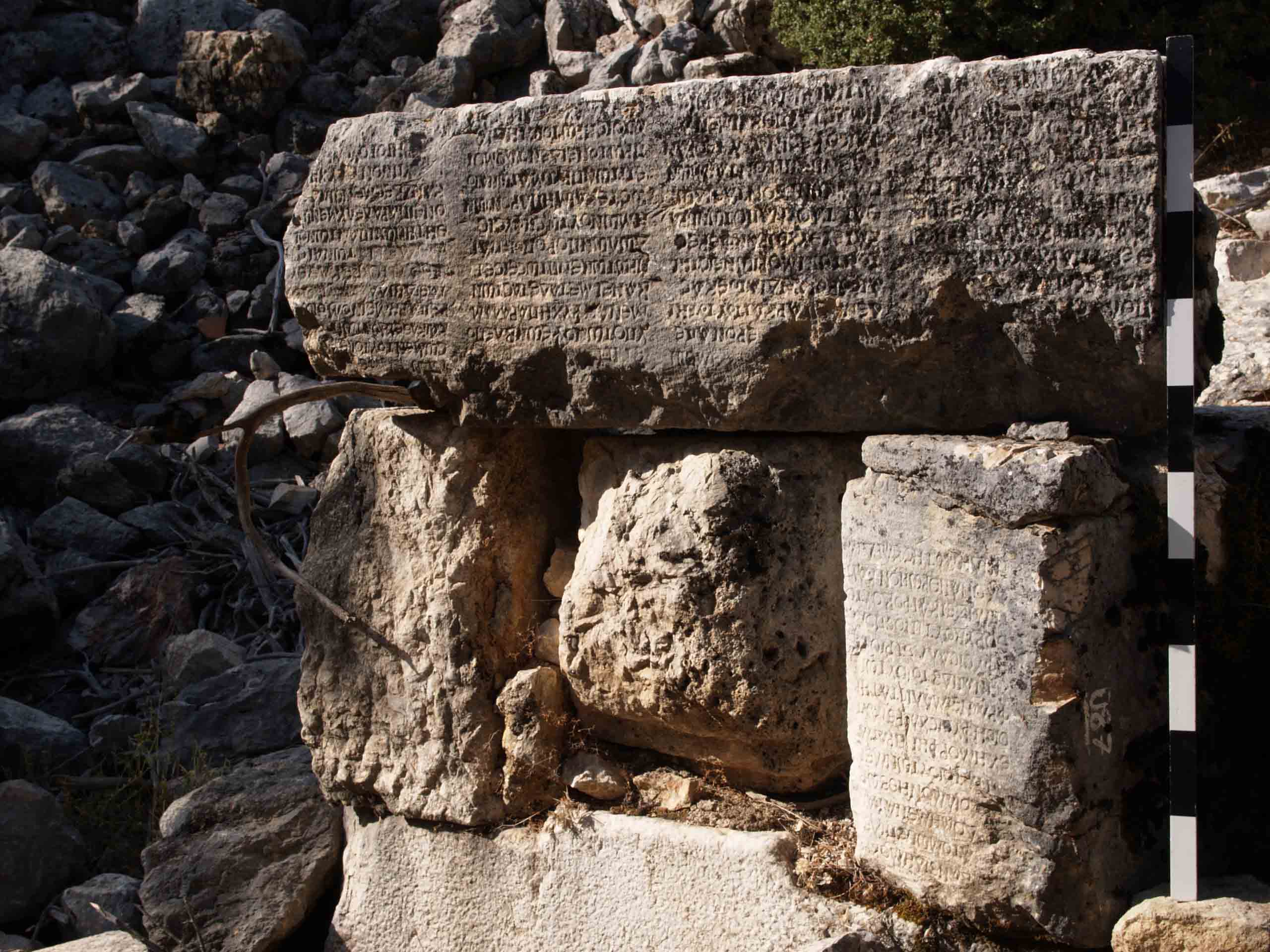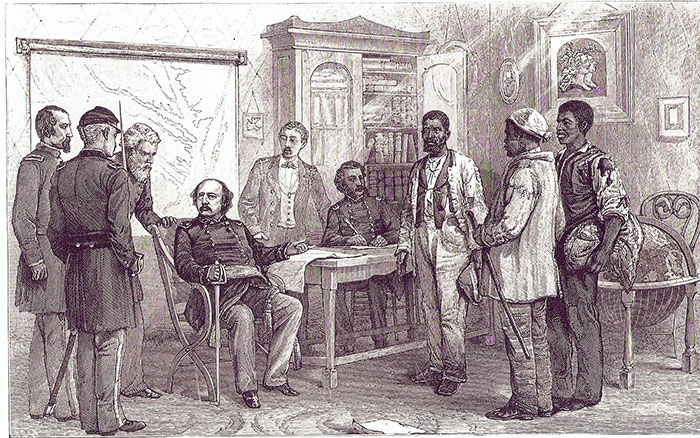GAINESVILLE, FLORIDA—WUFT-FM reports that archaeologists from the University of Florida have traveled to St. Augustine, where they relocated a 1677 mission church, first discovered by a Catholic mission priest in 1951. The church is thought to have been part of the Nombre De Dios Mission, which dates to 1587. According to Gifford Waters of the Florida Museum of Natural History, the church was built of coquina stone and tabby foundations, and was one of the largest churches in colonial Spanish Florida. Inside the buildings at the mission, the research team has recovered Spanish artifacts such as nails and pottery, and Native American artifacts. “So we’re looking at the interior of these buildings to get a better idea of the daily activities and what’s going on inside the structure. There’s not much written about the daily lives of the Native Americans that were here,” Waters said in a video clip. To read about another mission in northern Florida, go to "Off the Grid: Mission San Luis."
Seventeenth-Century Mission Church Excavated in Florida
News September 11, 2015
Recommended Articles
Digs & Discoveries January/February 2026
Full Nesters

Digs & Discoveries March/April 2025
Iberian Gender Imbalance

Digs & Discoveries September/October 2024
A Nightcap for the Ages

Artifacts March/April 2024
Mesolithic Baskets

-
Features July/August 2015
In Search of a Philosopher’s Stone
At a remote site in Turkey, archaeologists have found fragments of the ancient world’s most massive inscription
 (Martin Bachmann)
(Martin Bachmann) -
Letter from Virginia July/August 2015
Free Before Emancipation
Excavations are providing a new look at some of the Civil War’s earliest fugitive slaves—considered war goods or contraband—and their first taste of liberty
 (Library of Congress)
(Library of Congress) -
Artifacts July/August 2015
Gold Lock-Rings
 (Courtesy Amgueddfa Cymru-National Museum of Wales)
(Courtesy Amgueddfa Cymru-National Museum of Wales) -
Digs & Discoveries July/August 2015
A Spin through Augustan Rome
 (Courtesy and created at the Experiential Technologies Center, UCLA, ©Regents of the University of California)
(Courtesy and created at the Experiential Technologies Center, UCLA, ©Regents of the University of California)



